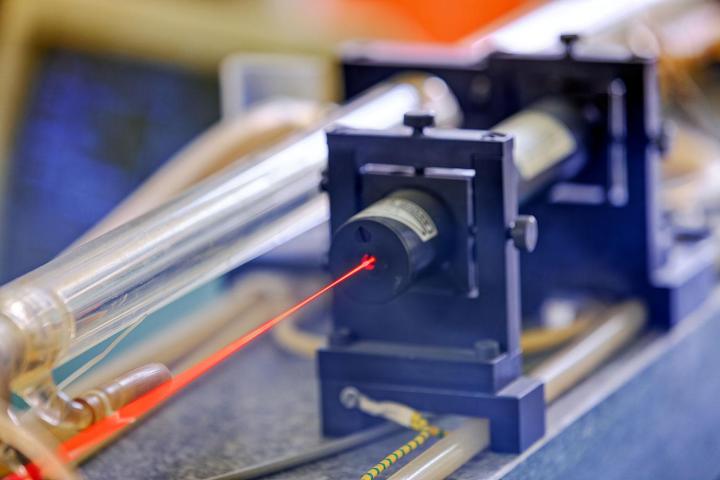
Two quadrillion watts is, without question, a ridiculously large amount of output. But the thing is, the laser didn’t actually emit that many watts for very long. The burst only lasted about one picosecond (1/1,000,000,000,000 of a second), so while the LFEX’s output was incredibly large, the actual amount of power (energy divided by time) it used wasn’t all that big. When it was all said and done, the laser only produced enough power to run a microwave for about two seconds.
That makes it sound pretty weak, but just take a second to consider what that means. This laser fired for one trillionth of a second. That’s not even enough time for light to travel a full millimeter — but in that minuscule stretch of time, the LFEX emitted enough energy to warm up your breakfast burrito for two full seconds. That’s ridiculous.
And the researchers aren’t stopping there, either. “With heated competition in the world to improve the performance of lasers, our goal now is to increase our output to 10 petawatts,” said the institute’s Junji Kawanaka, an associate professor of electrical engineering at the university.
Unfortunately there isn’t a video of the LFEX being fired, but if you need a better explanation of how all this craziness works, we highly recommend checking out the above video from University of Texas at Austin — the previous world record holder, and first organization to produce a 1 petawatt laser burst.




